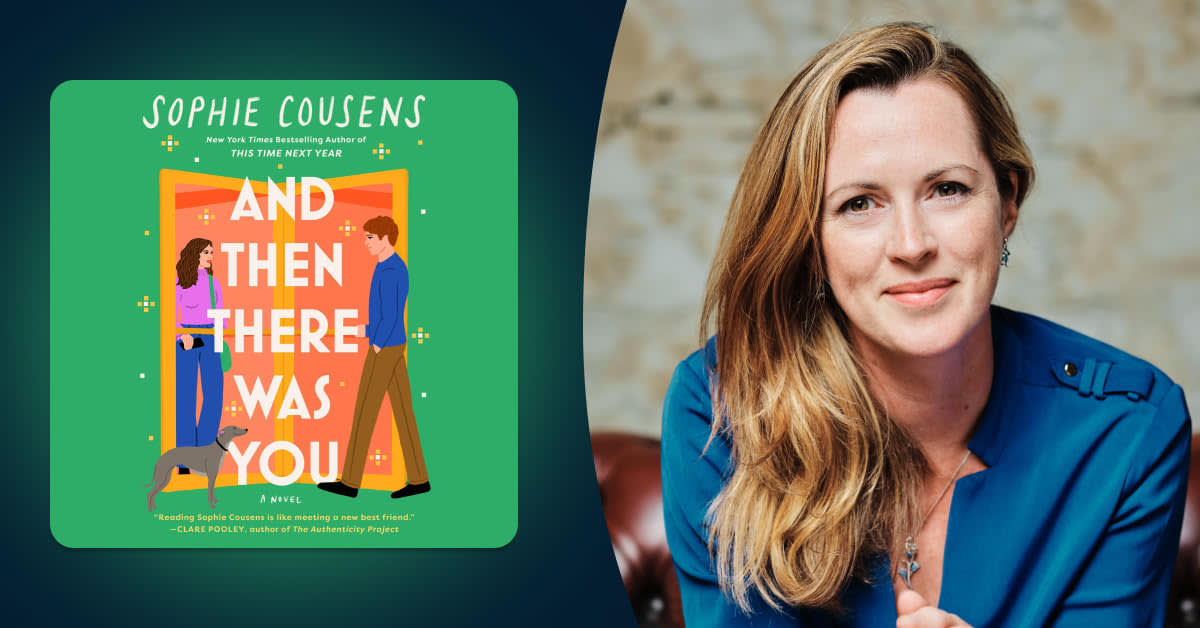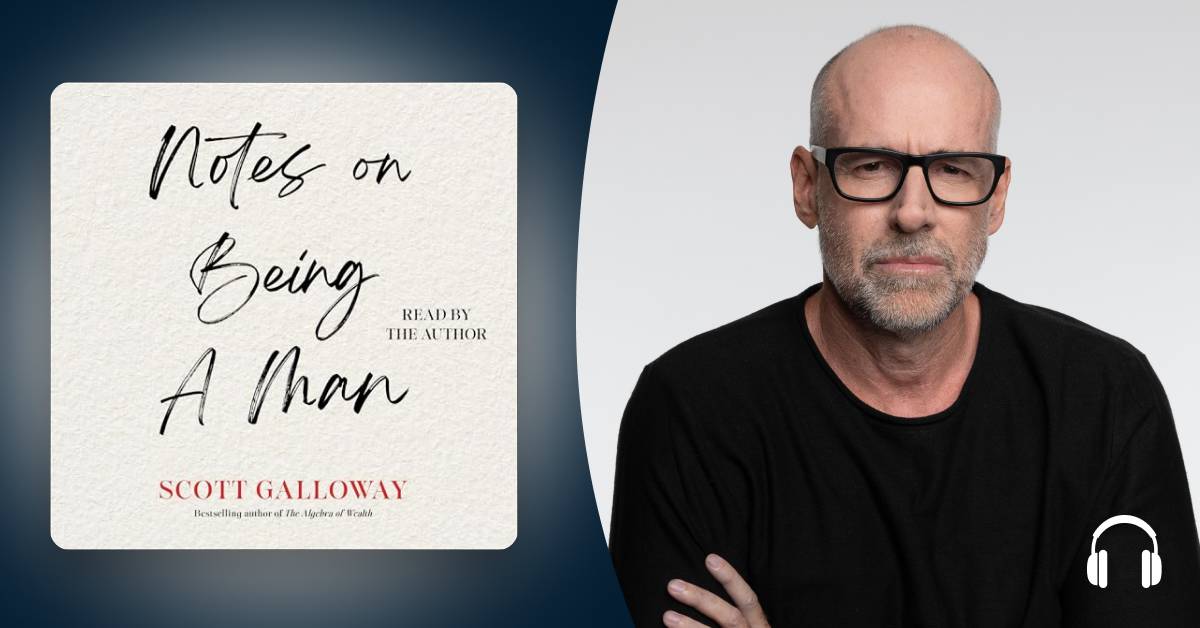In 2019, Amal El-Mohtar and co-author Max Gladstone made waves with the epistolary sci-fi masterpiece This Is How You Lose the Time War. Six years later, we’re thrilled to finally get a debut novella from Amal. The River Has Roots flaunts the writer’s gift for lyricism and adds a musical twist. It’s the tale of two sisters, gifted in song, who have strong roots to their enchanted home and even stronger ties to each other. Everything changes when one falls in love with an outsider, spurring the ire of a jealous suitor—but not in the ways the average fairy-tale lover may anticipate.
Editors Patty K. Rivera and Sam Danis asked Amal a few questions about her inspirations behind the story, her writing process, and what it was like to perform with her own sister on the audiobook.
The magic system in The River Has Roots is built upon grammar and words, which feels like such a natural extension of your own background in poetry. Can you tell us a little bit about what this story is about, and what served as the inspiration?
The story’s a retelling of a ballad type called “The Cruel Sister,” which usually goes like this: Two sisters are being courted by the same man (who’s mysteriously never the villain of the song). The elder sister is jealous of the younger, so she drowns her; in dying, the younger sister goes through a series of transformations before turning into an instrument that sings the song of her murder, bringing the elder sister to a gruesome end.
As an older sister who loves her younger sister very much, this ballad always itched at me; I wanted to play with it, rearrange its bones into something that pleased me better. So The River Has Roots opens with sisters who love each other, and sing together, and goes on from there.
Your last book was This Is How You Lose the Time War, which you co-wrote with Max Gladstone. How did the writing experience compare between the two?
Nothing really compares to the process of writing This Is How You Lose the Time War, which was honestly the most joyful and fulfilling writing experience of my life. I’m not sure anything will ever equal that—it was such a miracle to sit across a table from my dear friend and build a book that felt like playing a game and dancing a choreography we were inventing step by step. The process of writingTime War is comparable to how I describe the experience of Esther and Ysabel singing: a harmonizing that feels like magic when it happens, creating something more than the sum of our parts.
Writing The River Has Roots was about as difficult as any solo writing for me: a very slow beginning while I hem and haw and pick a halting way forward towards the feeling I want to express and the story I want to craft, before finally, after a few shamefaced extensions, writing in a relentless fugue state until it’s complete. But then it went through a transformative revision process where I turned it from a long short story into a very short novel, which was extraordinarily difficult, definitely the hardest revision I’ve done to date, both because I was trying to simultaneously preserve its tone and spirit while changing everything else about it, and because I was revising it during Israel’s ongoing genocidal assault on Gaza and its bombing of Lebanon.
The River Has Roots is deeply grounded in themes of justice, sacrifice, and the cost of holding power to account. Esther’s journey in seeking justice for herself feels incredibly timely—was this an intentional reflection of real-world struggles, or did it naturally emerge as you wrote?
“Timeliness” is such an interesting word—especially when things like ballads and fairy tales and the stories that engage with them are often called timeless. What are we doing, as writers, if not writing lines in times? In The River Has Roots, a woman reckons with an awful man who wants something from her without any interest in who she is as a person or any concern for her well-being—is that timely, or timeless?
"The idea of being rooted in one place feels like incredible sorcery to me. What must it be like, to not always be yearning for something that both belongs to you and is in danger of being lost forever?"
The world gets into everything I write, regardless of my intentions setting out. As an example, when I was writing the story that became “The Truth About Owls,” about a British-Lebanese girl trying to figure herself out in a new city, I was actively trying to avoid writing about war—until I realized that everything I’d set up about my protagonist’s age and background meant she would have experienced Israel’s bombing of Lebanon in 2006. I thought about changing it, but it would’ve been a kind of flinching, so I decided to lean into it instead.
The idea of liminality—being between two places, two choices, two identities—feels central to the story, from the river flowing between worlds to Esther standing at a crossroads between justice, love, and family. What is it about that in-between space that you wanted to explore as a storyteller?
Honestly, it’s where I live. I’m the eldest daughter of immigrants. My first language is the one I speak least fluently, a tidal river inside me that feeds everything else but that I feel constantly receding. I’ve lived in multiple countries, always aware of myself as partially foreign, my place constantly contingent on other people’s willingness to accept pieces of me.
I’m queer, and my family’s acceptance of that has been a journey. I often find myself in a position of negotiating people’s experiences of each other, translating, mediating, explaining, in a constant kind of going-between. The idea of being rooted in one place feels like incredible sorcery to me. What must it be like, to not always be yearning for something that both belongs to you and is in danger of being lost forever? I genuinely don’t know. Maybe a book will explain it to me.
Music and, specifically, singing is such an important element of this story. I know you’re a poet—were you also a songwriter before writing this story?
Only incidentally. My sister’s a proper musician—I’m a writer who happens to play the harp and will sing at the slightest provocation. When I was little I’d make up tunes to the poems in The Hobbit that I still remember, and sometimes put music to poems in a way that doesn’t feel quite right to call songwriting. But I’m also part of a loose performance collective called The Banjo Apocalypse Crinoline Troubadours, with Caitlyn Paxson and C.S.E. Cooney, and I’ve collaborated on songs with them and contributed harmonies to various things my friends have worked on. I love to sing but my training is minimal to nonexistent; what I lack in skill I make up for with enthusiasm.
The audiobook includes actual recorded music for the songs Ysabel and Esther sing—and you and your own sister, Dounya, perform them together on harp and flute, respectively. What was that experience like for you, and did you know from the beginning that you would be including actual recordings of the songs in the audiobook?
It was always my hope that we’d get to sing together on the audiobook, since everything about the way Esther and Ysabel sing is modeled on my experience of what it’s like to sing with Dounya. We’ve been doing that since we were tiny, and I do think there’s something about family members singing together that’s really special. I was thrilled when Steve Wagner, the audiobook director, was on board with my tentative proposal. Scheduling a session remotely was tricky, but we managed it, and I’m so happy with how people have been receiving the audiobook.
"I knew that whatever else we recorded, I wanted to sing that with her. The first time we did—and there’s really no other way for me to say this—felt like magic, like we’d opened a door with our voices to let the past reach through and touch the present."
I was listening to a lot of Palestinian music while revising The River Has Roots, and decided to explicitly make the song that the sisters sing to the willow trees a Palestinian folk song called “Tarweedeh Shmaali” that uses “mloulah,” a singing technique that makes the words being sung less intelligible to outsiders and allows them to encode secret messages in songs. I knew that whatever else we recorded, I wanted to sing that with her. The first time we did—and there’s really no other way for me to say this—felt like magic, like we’d opened a door with our voices to let the past reach through and touch the present.
Your own relationship with your sister clearly served as the kernel for the way you wrote Ysabel and Esther.
Very much so. The book is partly dedicated to my sister. The bit with the chicken is almost entirely autobiographical—I talk about it at more length in the acknowledgments—and was really the hinge for my revision of the story, to deepen and enrich it and give it more dimension. I’ve been thinking about the parallels even more while I’m on tour—that I’m wandering time zones and crossing difficult borders in a place where it’s dangerous to speak my name, telling everyone I meet how much I love my sister, while she’s far away at home with my family.
Gem Carmella is your narrator and she provides vocals for the songs. She’s such a perfect fit for this performance. What was the process like in selecting her—what were you looking for, and what does she bring to the story as a performer?
I agree, she’s amazing! Again, Steve Wagner was just such a generous and receptive director to work with. I knew that I didn’t want someone to be putting on a British accent for the audiobook, so I asked if it might be possible to find someone with both a West Country accent and Middle Eastern heritage, and Gem was so perfect I felt like I’d made her up inside my head. What she’s done with the material is nothing short of astonishing to me. Her voice is so warm and rich and gorgeous, and her singing’s incredible, and when I listen to her I just see the things I wrote clothed in river light.
This book also contains a sneak peek at your upcoming story collection. Can you tease that for us a little bit?
Sure! It’ll collect a selection of the short stories I’ve written over the past 15 years—sort of a "Best of" up until this point—which currently only exist scattered across anthologies and magazines in various forms and formats. We’re sequencing the stories right now and it’s been kind of fascinating to read them all together. I think they tell a broader story of the interests and concerns and obsessions that you can still see in my longer work (briefly: women talking to and rescuing each other out of the stories they’re stuck in).
It’ll be called Seasons of Glass and Iron, after the story that most explicitly contains those themes, and I can’t wait for people to see the cover—it’s also by Faceout Studio, who did the cover forThe River Has Roots, and fully as dazzling.




